Family photo (see my stand-in?)
Crocodile Farm, where they also rehabilitate seized animals. There are bearcats, ostriches and birds.

This is the largest crocodile they found. It was 17 feet long, weighted over 500kg and had one known human victim. It was over 60 years old when it died. The ideal skin for croc bags is three to five years old. But no crocodiles here ever become bags because it is not allowed. They're considered endangered.
hatchling house
There are about 600 heads in the hatchling house. They are fed ground fish and ground meat. We went the day after feeding, so absolutely no one was moving.
For P30, you can have a photo taken with a hatchling whose mouth is tied shut. The caretaker wiped it clean and Papa said that the crocodile did not smell. It was just cold.
Cheap souvenirs here, but they're even cheaper at Iwahig Prison and Penal Farm, which was established by the Americans in 1904. There are 2,000 inmates in color-coded shirts. To protect their identities, taking photographs and interviewing inmates is not permitted. A minimum security inmate may approach you to sell souvenirs-crocodiles, turtles and other wildlife made from Jollibee plastic cups. Amazing and cheap. There are also a lot of the wood carvings you'll find all over the city: masks, fertility idols, rainmakers, bead trinkets, carved boxes, pearls and model ships.


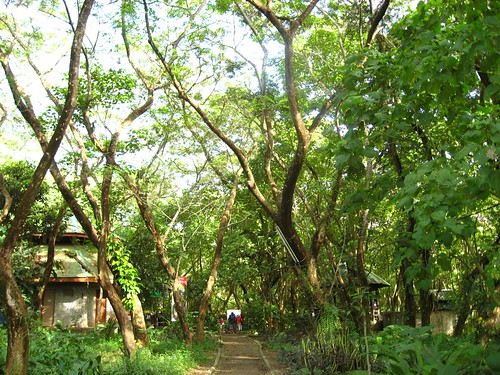





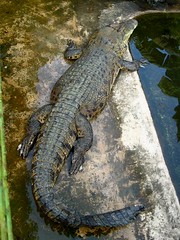

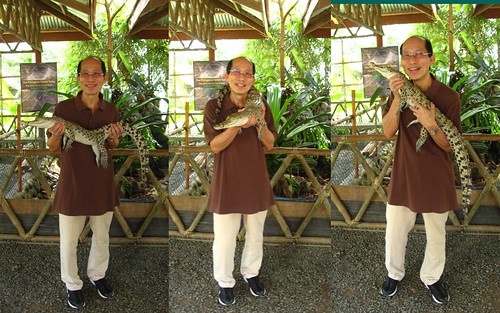
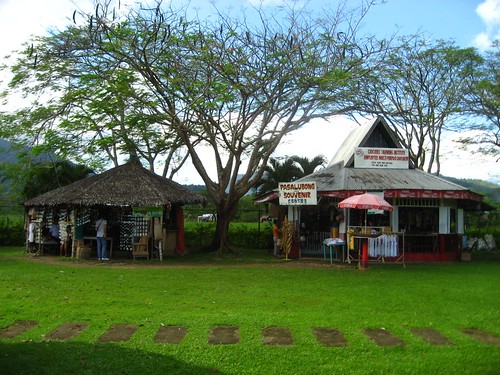

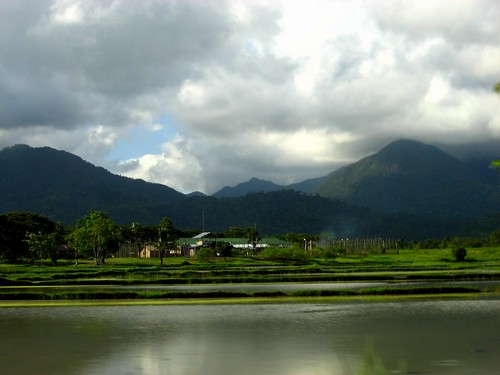
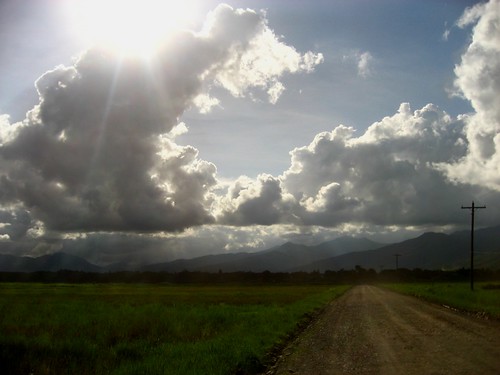
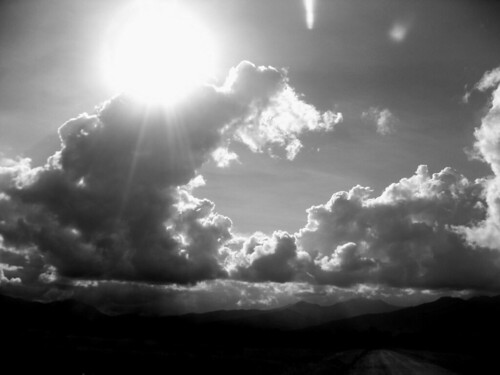
No comments:
Post a Comment